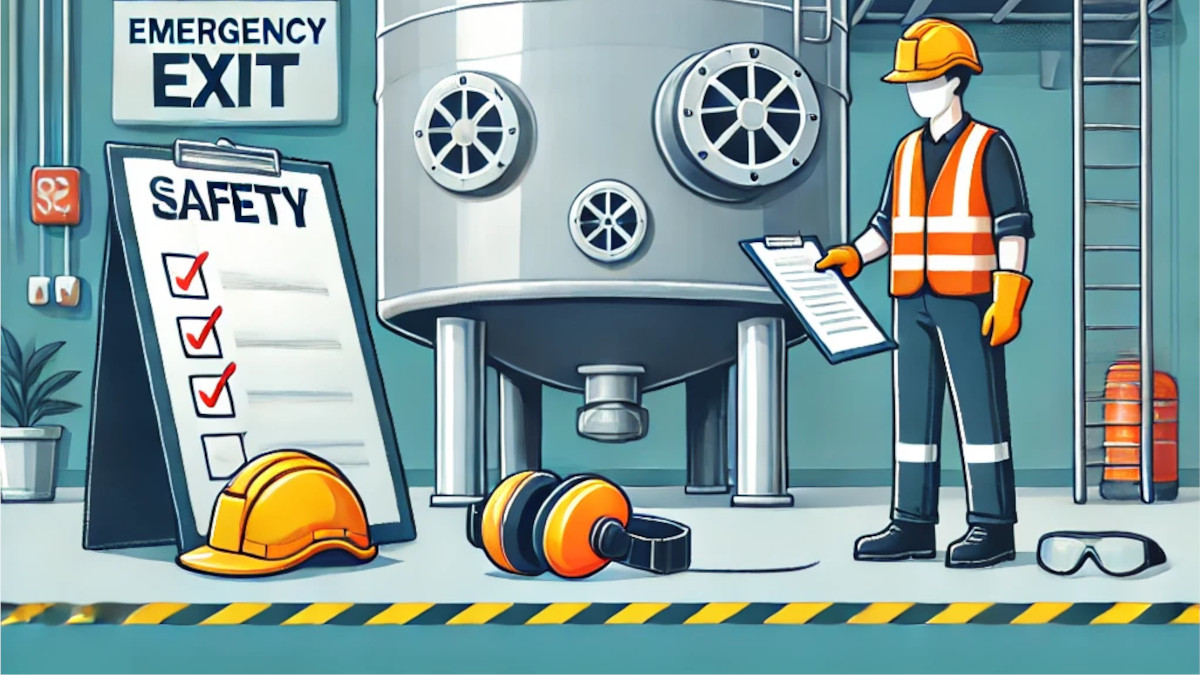Bulk Tank Safety Tips You Need to Know
Safety first! When you have bulk tanks at work, you need to be super careful. Some tanks hold stuff like food-grade liquids, chemicals, or even fuel. Let’s make sure we know how to keep things safe so nothing bad happens.

Know Your Tank
First, you gotta really know your tank. Each tank is for something special and has its own guidelines. Make sure you know what it can hold and how much. Note this stuff down and keep it visible for quick reference.
Regular Inspections
It’s really important to inspect your tank a lot. If you see a crack or rust, fix it fast! Check all the parts like valves and seals to make sure they’re all good. Set a regular schedule to check your tank often.
Proper Ventilation
You may not think about it, but good airflow can make a huge difference. Ventilation helps to disperse any toxic gases that might escape from the tank. If you’re working in an area where you’re managing tank contents, it’s important to ensure that the space is well-ventilated. Portable fans and exhaust systems can help keep the air fresh and safe while you’re getting the job done.
Use the Right Gear
If you’re dealing with bulk tanks, wear the right safety gear or personal protective equipment (PPE). You might need gloves, goggles, face shields, or even a whole suit. Check the safety data sheets (SDS) to know what to wear. If you wear the wrong gear, it could lead to serious injuries.
Training
Everyone working with tanks needs to be trained on safety protocols and emergency procedures. Teach all workers the safety rules and what to do if something goes wrong. Regular refresher training can help keep everyone sharp and prepared for any situations that may arise.
Lock Out, Tag Out
When you work on a tank, lock it so it can’t start by mistake. Put a tag to communicate that work is being done. Follow all the lock-out/tag-out (LOTO) protocols.
Monitor Conditions
Always watch for leaks, weird smells, or strange sounds around tanks. Use gas detectors that can tell any dangerous gases that may be present. If something doesn’t seem right, stop and fix it before you do anything else.
Be Prepared for Emergencies
Bad things can happen, so you need a plan. Have a map with all tank locations and ways to get out fast. Make sure everyone knows what to do if something goes wrong. Practice this so everyone stays calm if there’s a real emergency.
Spill Prevention
Spills can be an environmental disaster and a safety risk. To minimize the risk, always have secondary containment systems in place. These can include dikes, trays, or basins designed to catch any spills. Make sure staff is trained on spill response procedures, and keep necessary cleanup equipment on hand.
Stay Informed
New regulations or technologies can impact bulk tank safety. Stay updated on industry best practices and standards from organizations like OSHA and EPA. This will not only keep you compliant but also help you maintain a safer work environment.
Wrap-Up
Bulk tank safety is no small task, but with the right knowledge and practices, you can greatly reduce risks associated with storage and handling. You need to check things, wear the right gear, and have plans for emergencies. Talk with your team and listen to their ideas. If everyone works together, the workplace will be a lot safer.
Whether you’re new to bulk tank management or just need a refresher, keep these tips in mind. They can make a significant difference in protecting not just your facility, but the people who work in it. Safety always comes first!